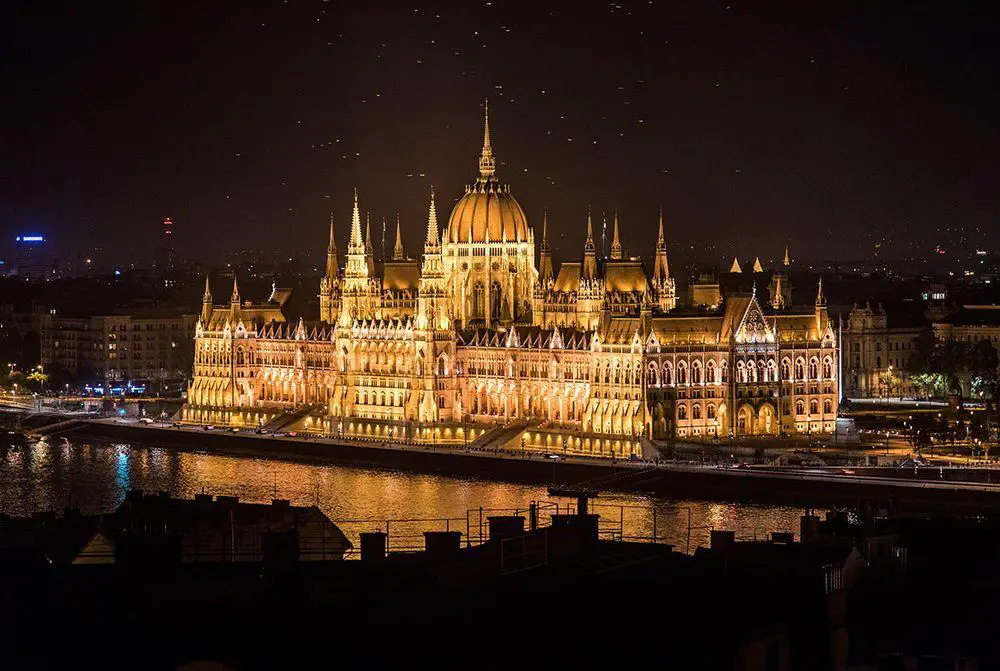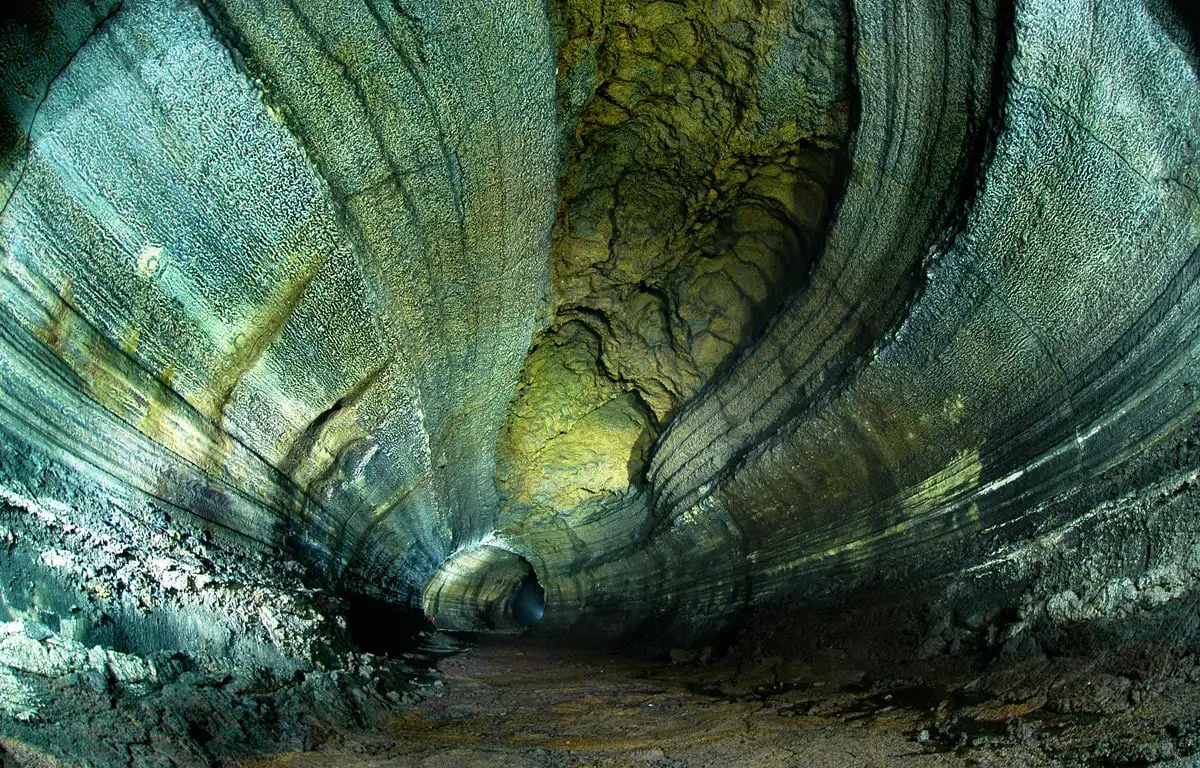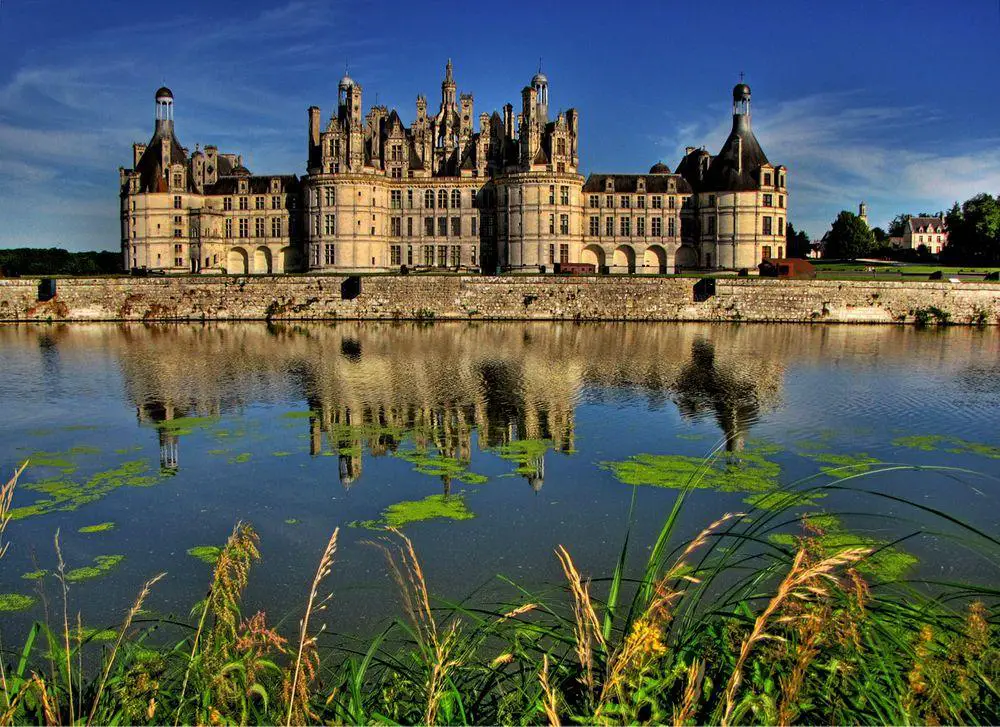World 🢖 Europe 🢖 France 🢖 Auvergne-Rhône-Alpes
Caves 🢔 Geological wonders 🢔 Categories of wonders
Wonder
Reseau Jean Bernard (Gouffre Jean-Bernard)
 In short
In short
The eighth deepest cave in the world (2023) is Reseau Jean Bernard or Gouffre Jean-Bernard. This 1,617 m deep cave is located in Upper Savoy – a gorgeous part of Alps.
 42.3%
42.3%
GPS coordinates
Location, address
Alternate names
Length
Depth
Map of the site
If you see this after your page is loaded completely, leafletJS files are missing.
 In detail
In detail
Description
Reseau Jean Bernard is a giant and ancient cave system – a true wonder of nature in the mountains of the gorgeous Upper Savoy. The cave has formed in an inclined layer of Urgonian Limestone – a thick layer of Lower Cretaceous sediments that formed some 116-112 million years ago. Of course, the cave itself is a lot younger, but, nevertheless, it might be very old. Some parts of Reseau Jean Bernard could have formed in Miocene some 6.5-5.3 million years ago.
The cave, in general, follows along the slanted layer of limestone, thus reaching a fantastic depth. In the upper part of Reseau Jean Bernard have formed numerous entrances in the cave: there are known at least 13 entrances.
Further inside the cave has many waterfalls, there are locations with beautiful speleothems – stalactites and stalagmites, but many passages are less spectacular.
The enormous height difference of Reseau Jean Bernard is measured between the entrance C37 at the height of 2 274 m and the deepest place in the cave. Thus, the only two ways to increase its explored depth further is either to find an even higher-located entrance or go all the way through the cave to its deepest parts and to try to find new passages there.
The exploration of this cave requires quite good skills in speleology – this is mostly vertical cave, humid and cold, with strong droughts. The temperature inside the cave is 4 °C.
The deepest parts of the cave can be accessed only in the winter – in January-February – to avoid the risk of flash flood.
History
The first entrance of the (then unknown) enormous Reseau Jean Bernard was discovered in 1959. Three young people found two pits that were that deep that the fall of stones in the caves could not be heard. The first researched pit was named Aven du 14 Juillet cave and speleologists descended 90 meters deep in it.
In 1963 a serious research started by the “Vulcain” club from Lyons and in that year they discovered several more entrances. In this year two cave researchers Jean Dupont and Bernard Raffy of this club perished in another cave – Goule de Foussoubie in Ardèche – and “Vulcain” decided to immortalize their names by naming the new cave system Reseau Jean Bernard or Gouffre Jean-Bernard.
The active research of Reseau Jean Bernard has continued for long decades up to this day, in the meantimes reaching record depths.
In 1969 researchers reached the depth of 623 m. They were stopped by an unsurmountable, water-filled tunnel until sometime later another passage around it was found.
In 1976 researchers managed to reach the depth of 1,298 m, making it the second-deepest known cave on Earth. In 1979 they reached the depth of 1,358 m, making it the deepest cave in the world! Cave maintained this status until 1998 and in these decades its explored depth increased. In 1983 it was the first cave to exceed the depth of 1.5 km – then it was 1,535 m deep. In 1989 the depth of 1,602 m was reached, when the C27 entrance was linked to the main body of the cave.
In January 1998 an another cave exceeded the world record – the nearby Gouffre Mirolda then reached the depth of 1,610 m (now, in 2023, it is 1,733 m deep).
The increase of the depth of Reseau Jean Bernard slowed down since then. In July 2022 the depth of 1,617 m and length of 27,134 m was reached (2).
Exploration of the cave continues and we can be sure that these numbers will change.
References
- Jean-Bernard (Gouffre) [V4] [V04], Grottocenter. Accessed on 10 May 2023.
- Gouffre Jean-Bernard, latest plan by Voulcan. Accessed on 13 May 2023.
 Linked articles
Linked articles

Wonders of Europe
The heritage of Europe is diverse and endlessly interesting. Incomparably rich is the wealth of European historical architecture, but this part of the world has exciting natural heritage and archaeological heritage as well.

Caves
Every year there are reported exciting discoveries of new caves and discoveries of new qualities such as cave paintings in the ones known before. But there still is a feeling that our knowledge covers just a small part of all these monuments of nature.
Though, those which are known to us, offer a surprising diversity of unusual features and impressive sights.

Wonders of France
France is home to many of the best-known landmarks in the world. This country is literally crammed with thousands and thousands of the most diverse attractions.
 Recommended books
Recommended books
100 of the Deepest Caves In the World
Are you looking for a journey that will take you through 100 of the Deepest Caves In the World, along with funny comments and a word puzzle? Then this book is for you. Whether you are looking at this book for curiosity, choices, options, or just for fun; this book fits any criteria. Creating 100 of the Deepest Caves In the World did not happen quickly.
A History of Savoy: Gatekeeper of the Alps
Savoy and its Alps were for seven centuries an independent state at the centre of Europe, separating France from the patchwork of principalities that made up Italy. Merchants, clerics, pilgrims, diplomats as well as privileged young Englishmen on the Grand Tour, regularly used the Alpine passes. But it was the need of European armies to cross Savoy which made its rulers powerful as the Gatekeepers of the Alps.


